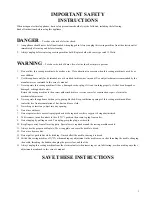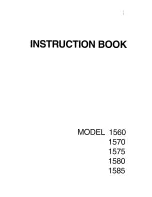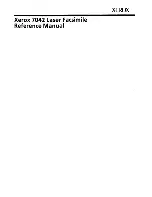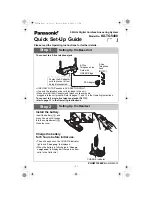
Veritas
9000A5
Commissioning
18
Needle size
Fabric
Thread
9-11 (70-80)
Lightweight fabrics, thin cottons, voile, serge, silk,
muslin, interlocks, cotton knits, tricot, jerseys,
crepes, woven polyester, shirt & blouse fabrics.
Light-duty thread in cotton, nylon, polyester
or cotton wrapped polyester.
11-14 (80-90)
Medium weight fabrics, cotton, satin, canvas, sailcloth,
double knits, lightweight wool.
Most threads sold are medium sized and suitable for these fabrics
and needle sizes. Use polyester threads on synthetic materials
and cotton on natural woven fabrics for best results.
Always use the same thread on top and bottom.
14 (90)
Medium weight fabrics, cotton duck, wool, heavier knits,
terrycloth, denims.
16 (100)
Heavyweight fabrics, canvas, wool, outdoor tent
and quilted fabrics, denims, upholstery material
(light to medium).
18 (110)
Heavy wool, overcoat fabrics, upholstery fabrics,
some leathers and vinyls.
Heavy duty thread, carpet thread.
Table for harmonising the needle, thread and fabric
Important :
− Select the right needle for the thread and fabric thickness
Selecting the right needle, thread and fabric
Setting the contact pressure for the presser foot
The contact pressure for the presser foot can be set using the dial on the upper side. Normally the factory
setting does not need to be adjusted.
If resetting is necessary, this can be set using a coin. Turn in a clockwise direction to raise the pressure
(e.g. for thin, light fabrics) and anti-clockwise to lower the pressure (for very thick, heavy fabrics).
Information about twin needles
1. Twin needles can be used for standard and decorative stitches
2. When sewing with twin needles, set the stitch width setting to maximum "3.5"
3. Change needles frequently (after about every second article of clothing) and when the first erroneous
stitches or ripped thread occur.
Setting the contact pressure for the presser foot
Sewing
















































